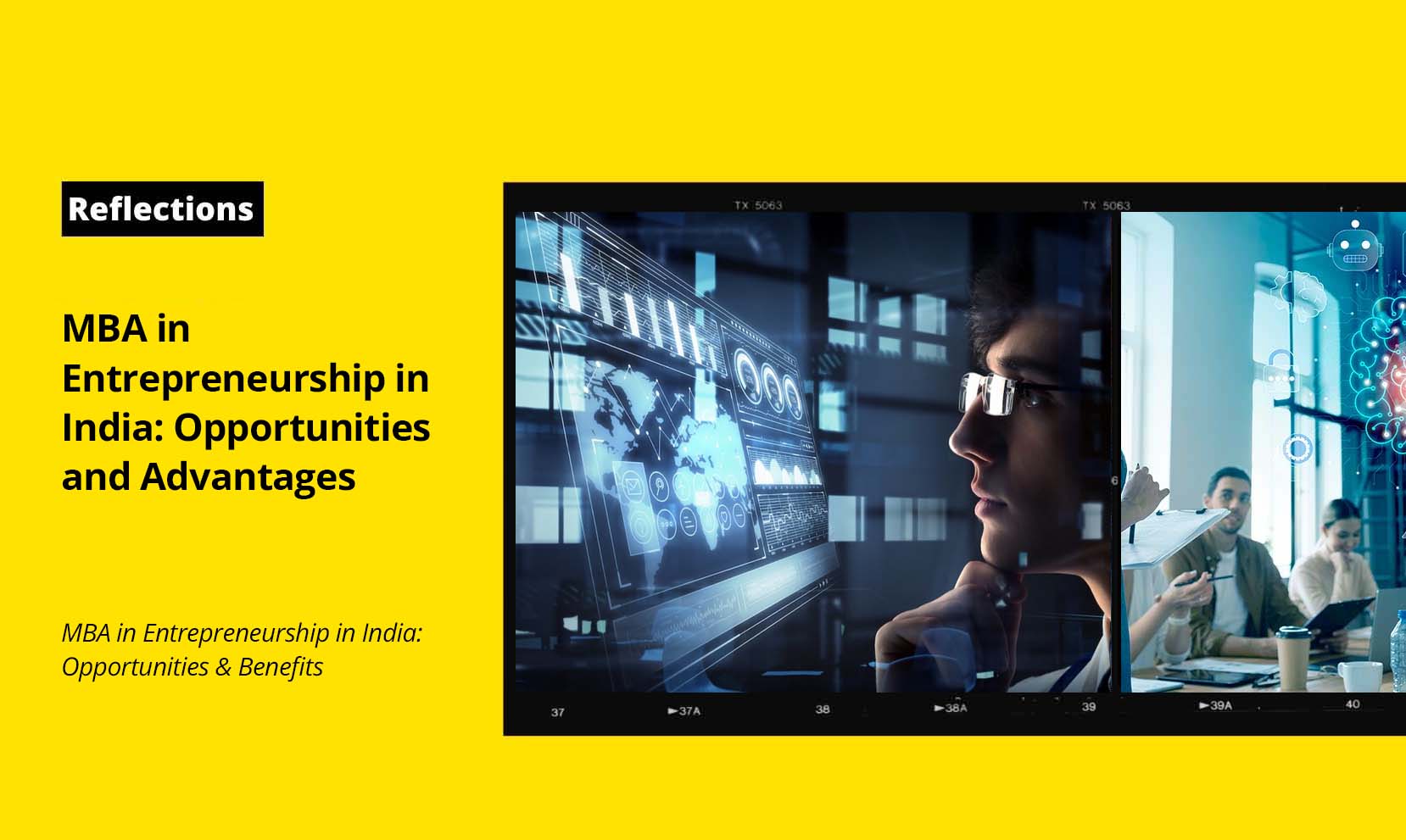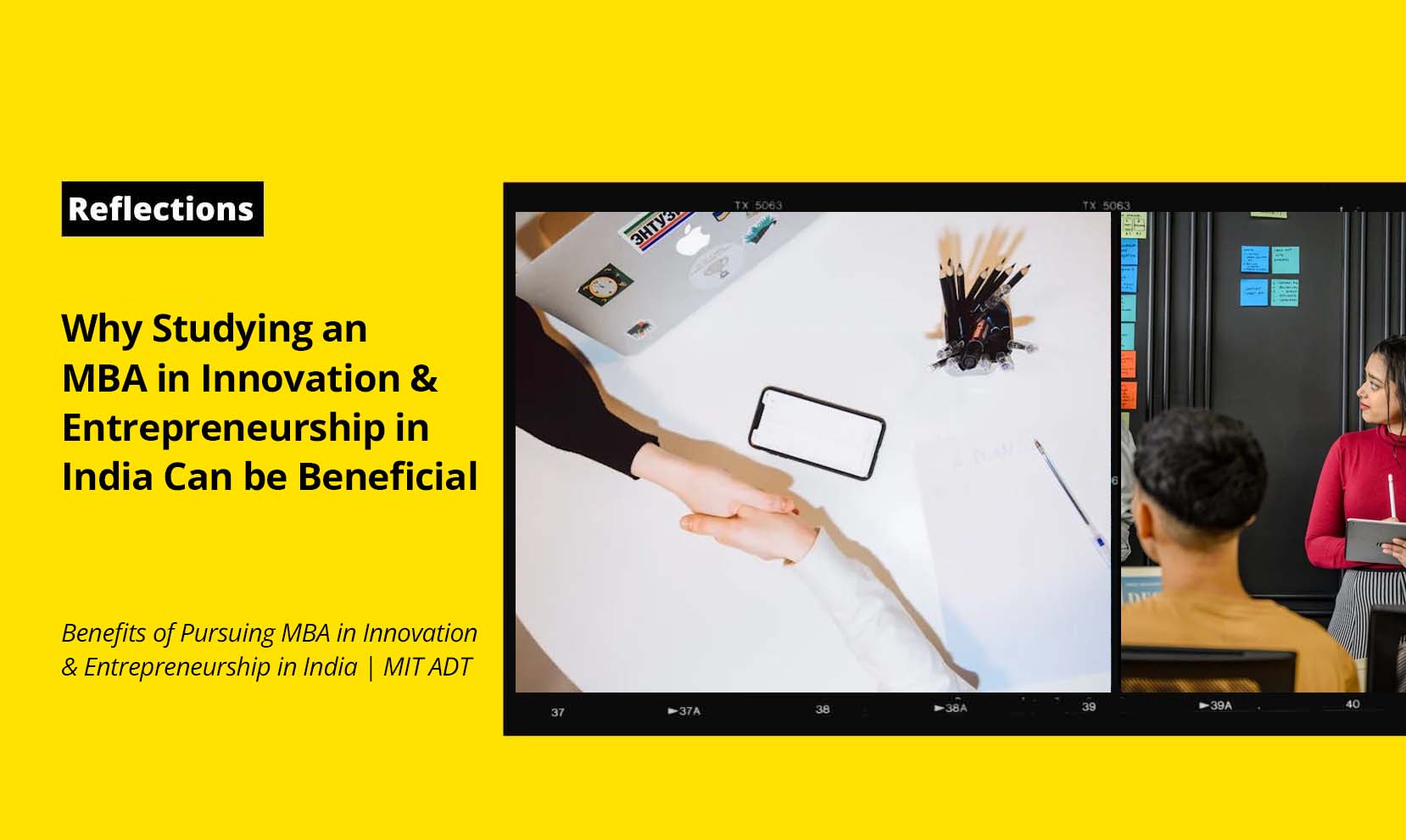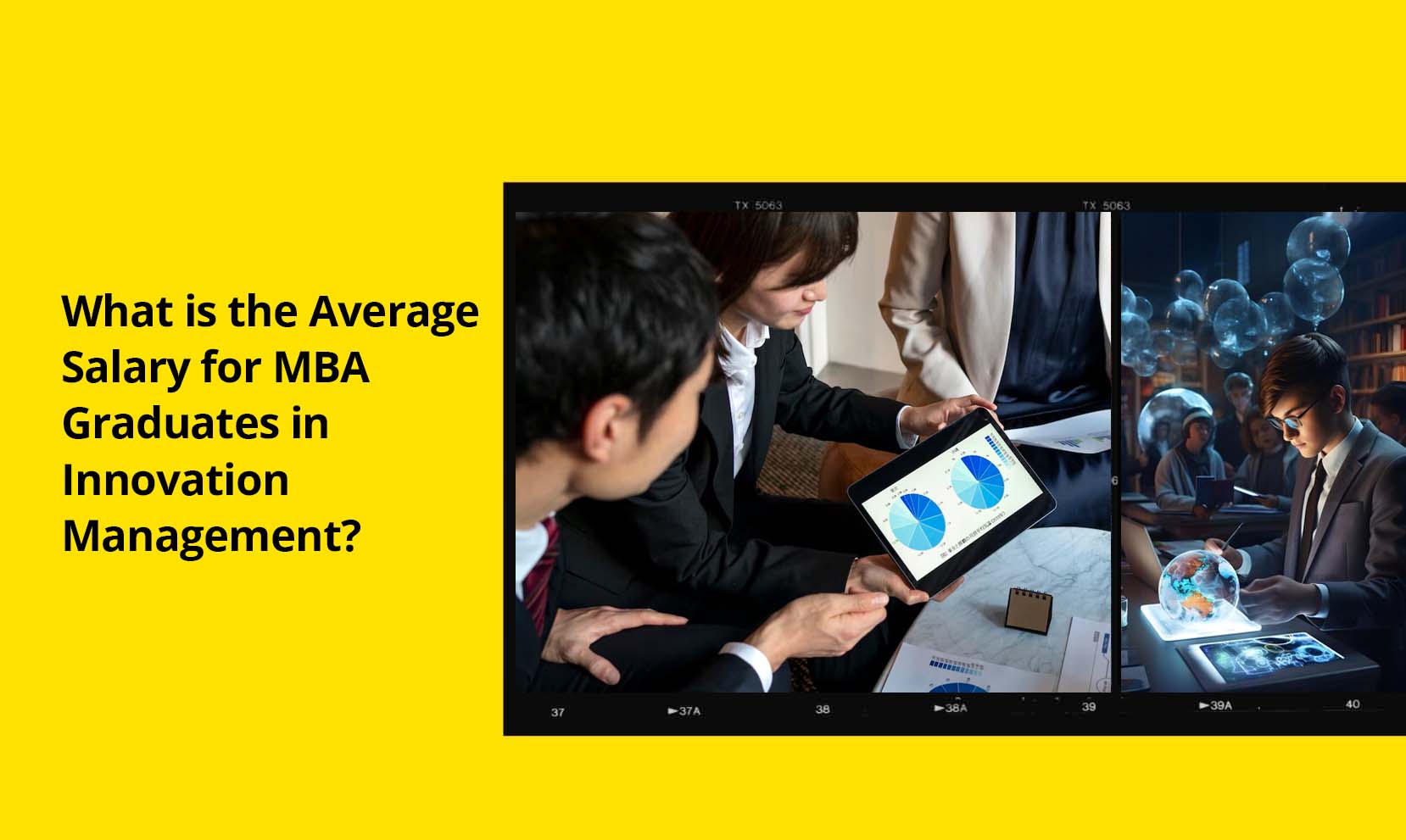Advantages of Innovation and Design Thinking Programs
The ability to create and think creatively is essential for success in today’s environment of rapid change. Businesses and individuals must adapt and embrace new forms of problem-solving when industries experience deep transitions and face enormous difficulties. There are various courses in innovation and design thinking.
The Design Value Index, companies that incorporate design thinking into corporate strategy outperform industry counterparts. Just a few of the enormously popular companies that value design thinking as a fundamental component of their corporate culture and style of operating are IBM, Google, Airbnb, PepsiCo, and Nike.
A famous quote from former PepsiCo CEO Indra Nooyi to Harvard Business Review is that design is a factor in practically every important business choice. Sales grew by 80% during her 12-year leadership.
Programs that promote creativity and design thinking are crucial in equipping people with the knowledge and outlook necessary to succeed in dynamic situations. The advantages of funding innovation and design thinking initiatives, including specialist training, credentials, and diploma programs, are examined in this article.
The Need for Innovation and Design Thinking Programs
Innovation is developing brand-new concepts, items, offerings, or procedures that result in progress. On the other hand, design thinking is a human-centred problem-solving method that strongly emphasizes collaboration, empathy, and iterative prototyping. Combining innovation with design thinking creates a potent framework for coming up with ground-breaking answers to difficult problems.
The complexities of today’s situations need a more thorough approach to their resolution. Innovation and design thinking programs give participants the tools to approach complex problems creatively and critically. These initiatives support a culture of lifelong learning and help participants develop as flexible problem-solvers in their particular industries.
The Role of Design Thinking in Business
Understanding the wants and preferences of users or consumers is a key component of the problem-solving strategy known as “design thinking.” It entails developing a sense of empathy for the end users, defining the issue, coming up with original solutions, prototyping and testing those solutions, and then putting the best ones into practice. However, the ideas of design thinking have found extensive use in many different sectors, including business, despite having their roots in the field of product design and development.Here are some important functions and advantages of design thinking for businesses:
Customer-Centric Approach
Design thinking centres problem-solving around the customer’s needs. Businesses can develop goods and services that satisfy customers’ requirements by understanding their pain areas, preferences, and habits. This increases customer happiness and loyalty.
Innovation and Creativity
Businesses can promote an innovative culture through the iterative and collaborative nature of design thinking. Teams are inspired to think creatively, investigate novel concepts, and take prudent risks. This may create novel, ground-breaking goods and services that distinguish a business from rivals.
Problem-Solving
Design thinking offers a well-structured framework for solving complicated issues. Businesses can deal with problems more successfully by dividing them into smaller segments and methodically locating answers.
Iterative prototyping
Design thinking promotes testing concepts early on through prototyping. Before spending a lot of money on a full-scale implementation, this aids in locating potential faults, getting feedback, and making adjustments. This iterative method raises the likelihood of success while lowering the danger of failure.
Agility and Adaptability
Innovation and design thinking enable firms to remain nimble and flexible in quickly changing situations. They enable firms to efficiently respond to market changes, technological improvements, and client needs.
Risk reduction
Design thinking lowers the risks of introducing new goods or services through prototyping and iterative testing. Organizations may make wise judgments and prevent costly mistakes by verifying ideas early in the process.
Enhanced Customer Experience
By placing the user at the heart of the design process, these initiatives create goods and services that offer an exceptional customer experience, boosting client pleasure and loyalty.
Certification in Design Thinking and Innovation
Combining design thinking with innovation certification ideas yields a formidable skill set that includes user-focused issue resolution and the capacity to create positive change creatively and innovatively. A Design Thinking Certification program that incorporates design thinking and innovation components could provide the following advantages:
Comprehensive Problem-Solving Approach
Participants would learn to comprehend users’ needs, pain spots, and experiences and explore novel strategies to address those needs effectively.
Holistic Understanding of Innovation
The certification will cover the full innovation process, from ideation and prototype to implementation, guaranteeing that individuals are well-versed in bringing their innovative ideas to life.
Improved Professional Reputation
Obtaining a certificate in innovation that combines design thinking and innovation displays a well-rounded approach to problem-solving and demonstrates a dedication to continual learning.
Competitive Edge in the Job Market
Job Seekers with a combined qualification and a Design Thinking Certification would stand out as candidates capable of driving innovation and providing customer-centric solutions, making them highly sought after by companies.
Versatile Abilities Validation
The innovation and design certificate would prove the individual’s adaptability and aptitude to approach problems from many perspectives, creating a customer-focused mindset.
Transferable Skills Across Industries
The combined certification’s integrated skill set would be usable in various industries, making individuals valuable assets in various professional contexts.
Leadership and Change Management Potential
The certificate in innovation and design curriculum also includes leadership and change management training, allowing certified professionals to lead innovative initiatives effectively.
Design Thinking and Innovation PG Diploma
A PG Diploma in Design Thinking and Innovation offers a thorough curriculum that dives into advanced themes for individuals seeking an in-depth specialization. A PG Diploma in Design Thinking is good in today’s world. Participants have access to cutting-edge methods, technologies, and chances to work with professionals in the field. This diploma program opens the door for leadership positions in businesses that value innovation.
The Integrated Design and Management (IDM) master’s degree is a standout program demonstrating MIT’s emphasis on innovation and design thinking. With the help of this special program, students can successfully combine engineering, management, and design principles to solve challenging problems. IDM inspires students to adopt a holistic approach to problem-solving, emphasizing the value of teamwork and creativity in developing effective solutions.
MIT’s innovation and design thinking programs are excellent possibilities for students to develop their creative skills and entrepreneurial mindsets. Students are exposed to the industry’s most recent trends and methods thanks to the institution’s dedication to cutting-edge research and teaching strategies.
Students at MIT can fully immerse themselves in a transformative educational experience that nourishes their innovative spirit and equips them to approach real-world situations with innovation and resourcefulness by utilizing their strong academic resources and collaborating with renowned faculty members.
Impact of Innovation and Design Thinking Programs Over the Long Term
Programs that promote innovation and design thinking can, over time, significantly and positively affect people, businesses, and society as a whole.
Cultivating a Culture of Innovation
A culture of innovation can be fostered within firms through long-term innovation and design thinking programs. A more dynamic and adaptable workplace results from encouraging people to think creatively, challenge the status quo, and experiment with new ideas. This culture of creativity may impact how teams approach problem-solving and decision-making long after the program is through.
Increasing Problem-Solving Capabilities
Design thinking courses show participants how to approach issues from a user-centric standpoint. This strategy teaches participants to see and comprehend the underlying causes of problems, resulting in more efficient and long-lasting solutions. These improved problem-solving abilities can eventually assist people in resolving difficult problems in both their professional and personal life.
Fostering Continuous Improvement
Innovation and design thinking are iterative processes, not one-time events. Participants in these programs get the ability to embrace continual improvement and refuse to choose the simplest approach. This kind of thinking promotes continuous review and improvement of concepts, goods, and services, which can result in long-term development and achievement.
Wrapping Up
Courses in innovation and design thinking are investments in your personal and professional development, not merely academic pursuits. These programs give people and organizations the tools to adapt, flourish, and take charge in a rapidly changing environment. By embracing innovation and design thinking, we can all work together to create a better and forward-thinking future. The pursuit of lifelong learning becomes increasingly essential as the world changes for those looking to make an investment in their prosperity in the future.
Collaboration among participants can be facilitated via innovation programs, which can also assist students in building the skills they will need in the future workforce.
Students learn problem solving approaches, communicate effectively, and empathize through the use of design thinking. Students benefit from being better thinkers, learners, and creators as a result.
Programs that promote innovation and design thinking can assist schools in increasing student engagement, help students build 21st-century skills, and achieve recognition for their unique approaches to teaching and learning.
This particular course imparts abilities prized by employers, such as critical and creative thinking, teamwork, communication, problem solving, leadership, and adaptability.
Students who participate in innovation programs frequently pick up abilities like creativity, adaptability, cooperation, and design thinking that will be necessary for the future workforce. They typically have a greater understanding of the requirements of modern work.



